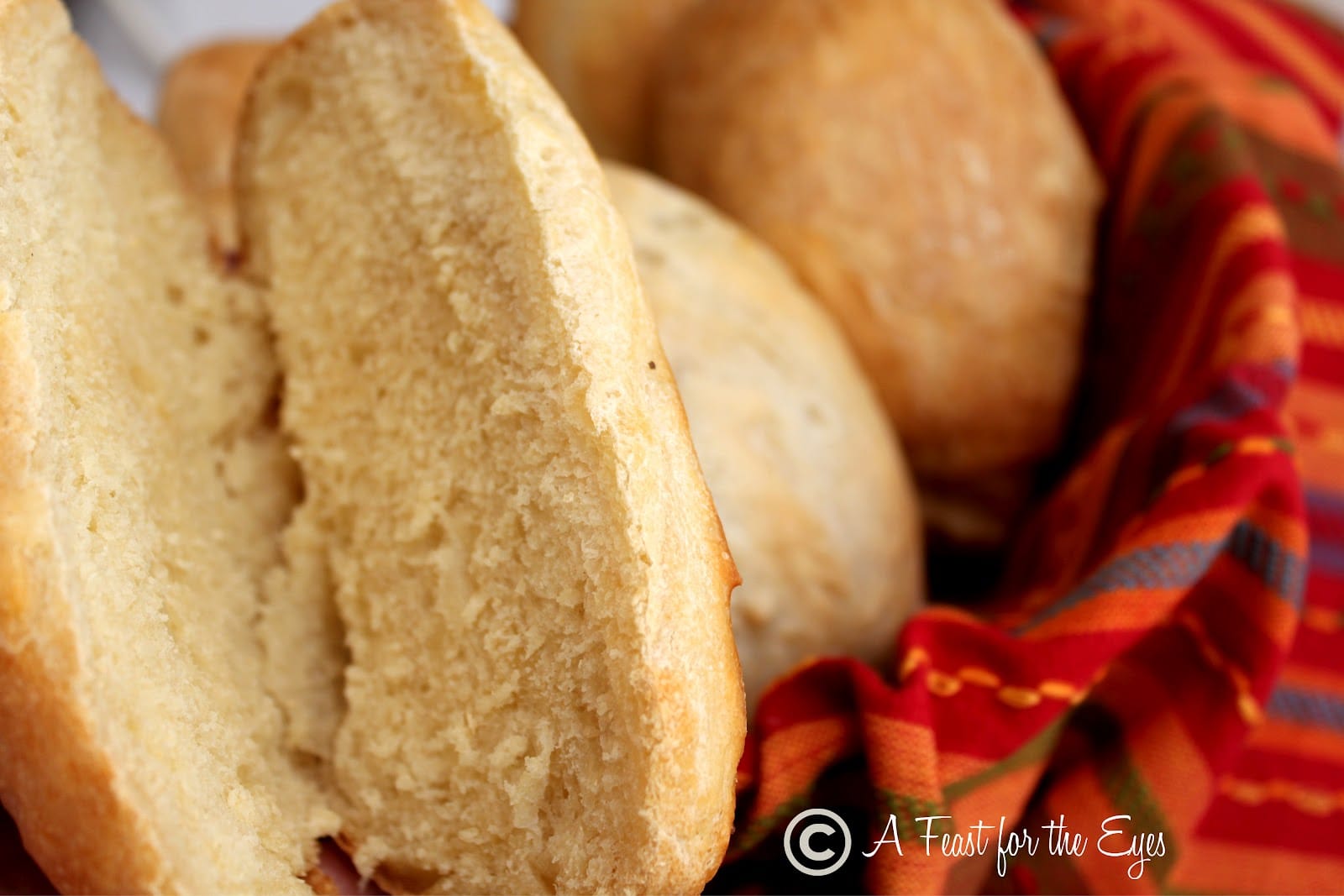Unveiling the Magic of Mexican Bolillos
Bolillos, with their inviting golden crust and pillowy soft interior, are more than just bread rolls; they’re a cornerstone of Mexican cuisine. This guide explores the art of crafting these delectable treats, from their fascinating history to techniques for achieving that perfect crunchy crust. Ready to embark on a culinary journey? Let’s dive in!
A Brief History of the Bolillo
Bolillos, resembling slightly stubbier, oval-shaped baguettes with a characteristic split on top, first appeared in Mexico City around the 1860s, likely influenced by Emperor Maximilian’s culinary staff. While inspired by the French baguette, the bolillo evolved with a distinctly Mexican twist, becoming a national treasure. Regional variations exist, such as the tangy sourdough birotes of Guadalajara and Sonora, showcasing the bolillo’s adaptability and regional significance. Blackboard UCV offers culinary courses exploring the history of Mexican cuisine, including the bolillo.
A Versatile Culinary Staple
Bolillos are incredibly versatile. They’re the base for the iconic torta, a Mexican sandwich filled with an array of ingredients. They’re also essential for molletes, open-faced sandwiches adorned with refried beans, cheese, and pico de gallo. Or simply enjoy a bolillo alongside soup, stew, or even a sizzling Sonoran hot dog. Explore Artie’s Menu for creative ways to incorporate bolillos into your meals.
Baking Bolillos: A Step-by-Step Guide
Baking bolillos involves simple ingredients: yeast, flour, water, and salt. The magic lies in the technique.
Mixing: Properly combining ingredients is crucial. Some bakers advocate for a specific order, while others are more flexible. Experiment!
Kneading: Kneading develops gluten, giving the bolillo its structure. Aim for 10-15 minutes.
Rising: Allow the dough to rise in a warm place until doubled in size, which can take one to several hours.
Shaping: Create the classic bolillo shape by rolling or gently stretching and folding the dough.
Scoring: The split on top isn’t just decorative; it aids expansion during baking. Use a sharp knife or razor blade.
Baking: A hot oven (450-500°F) is essential. A baking stone and steam during the initial baking phase promote a crisp crust.
Cooling: Let the bolillos cool slightly before slicing to prevent a gummy texture.
Tips for a Crunchy Crust:
- Baking Stone: Ensures even heat distribution.
- High Heat: Creates that initial crispy layer.
- Steam: Contributes to a crackly crust.
Bolillos represent Mexican heritage, hospitality, and shared meals. Baking them offers a connection to culinary tradition.
What is a bolillo in Spanish?
Demystifying the Bolillo: A Culinary Deep Dive
The bolillo, pronounced bo-LEE-yo, is more than a simple Mexican white bread roll. Its unique rhomboid shape, savory taste, and cultural significance make it a true icon.
From France to Mexico: A Bread’s Journey
The bolillo’s story traces back to the 19th-century French intervention in Mexico. French influence is evident, but Mexican bakers adapted the baguette, creating a shorter, wider loaf with a crispier crust and softer interior. The name “bolillo” may derive from the French word “boule,” meaning “ball,” possibly referring to the dough’s initial shape.
More Than Just Bread: A Cultural Symbol
Bolillos are deeply ingrained in Mexican life. Found in every panadería (bakery), they’re the foundation of tortas and molletes. Enjoyed on their own, they complement soups, stews, and more.
Identifying an Authentic Bolillo
A true bolillo has a golden-brown, almost crackly crust, a soft, airy interior with a gentle chew, and a distinct oblong/rhomboid shape. The flavor is savory, slightly salty, and decidedly not sweet.
Ongoing Exploration: Unveiling the Bolillo’s Nuances
While the French intervention theory is widely accepted, ongoing research may reveal other influences. Regional variations in recipes are likely, leading to subtle differences in texture and flavor.
The bolillo symbolizes Mexican heritage, hospitality, and cultural exchange. It’s a simple bread with a rich story.
What is bolillo made of?
Decoding the Bolillo: Ingredients and Variations
Bolillo, a staple of Mexican cuisine, relies on a few key ingredients: flour, water, yeast, and salt. These components, when combined with the right technique, create its signature crust and soft crumb.
The Foundation: Core Ingredients and Optional Enhancements
While the four core ingredients suffice, bakers often add fat (lard or shortening) for a softer, richer texture. Sugar may also be added to activate yeast and enhance crust color. Exact proportions vary, adding to the charm of each unique bolillo.
From Simple to Sublime: The Art of Bolillo Baking
The process involves kneading to develop gluten, rising, shaping into its distinctive oval, and baking to golden perfection. It’s a balance of science and tradition.
| Ingredient | Essential? | Why is it there? |
|---|---|---|
| Flour | Yes | Provides structure |
| Water | Yes | Activates yeast, hydrates flour |
| Yeast | Yes | Leavening agent |
| Salt | Yes | Enhances flavor, controls yeast |
| Lard/Shortening | No | Adds softness, richness |
The Pursuit of Perfection: Defining the Ideal Bolillo
The perfect bolillo is subjective, encompassing crust crispness, crumb airiness, and flavor. It evokes a warm, comforting feeling.
What’s the difference between a bolillo and a birote?
Bolillo vs. Birote: Two Mexican Breads, Two Distinct Experiences
Bolillos and birotes, both Mexican breads, share a similar oblong shape. However, their distinct flavors, textures, and regional origins set them apart.
Bolillo: The Everyday Staple
The bolillo is ubiquitous in Mexico, with a mild, slightly sweet flavor and a soft crust. Its dense interior makes it versatile for tortas, tostadas, or simply enjoying with a meal.
Birote: The Guadalajara Star
The birote, from Guadalajara, Jalisco, boasts a tangy, slightly sour flavor from sourdough-like fermentation. Its incredibly crisp crust and airy, chewy interior make it ideal for tortas ahogadas.
A Matter of Nuance: Regional Variations and Baking Traditions
Some consider “birote” a specific type of bolillo, while others emphasize their distinct characteristics. This ongoing discussion highlights regional variations and diverse baking practices.
Choosing the Right Bread: Elevating the Culinary Experience
Both breads are vital to Mexican cuisine but offer different qualities. The mild bolillo is a blank canvas, while the robust birote adds a bold dimension.
| Feature | Bolillo | Birote |
|---|---|---|
| Flavor | Mild, slightly sweet | Tangy, slightly sour |
| Crust | Soft | Extremely crisp, crackly |
| Interior | Dense | Airy, chewy |
| Best Uses | Tortas, tostadas, general side bread | Tortas ahogadas, dishes needing a sturdy bread |
| Geographic Origin | Widespread throughout Mexico | Guadalajara, Jalisco |
Variations exist within each category, reflecting the artistry of baking. Exploring these nuances adds to the joy of discovering Mexican bread.
- Unlock Elemental 2 Secrets: Actionable Insights Now - April 2, 2025
- Lot’s Wife’s Name: Unveiling the Mystery of Sodom’s Fall - April 2, 2025
- Photocell Sensors: A Complete Guide for Selection and Implementation - April 2, 2025

















1 thought on “The Secret to Authentic Mexican Bolillos: Easy Recipes for a Perfect Crust and Soft Interior”
Comments are closed.